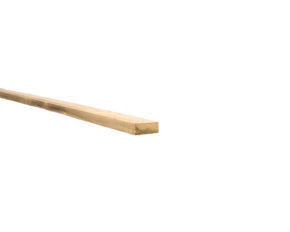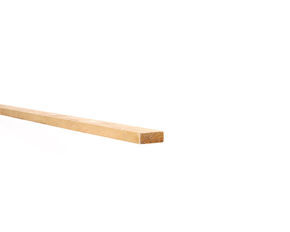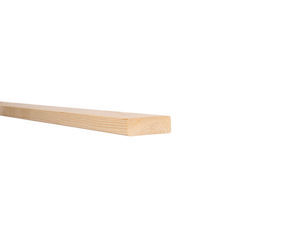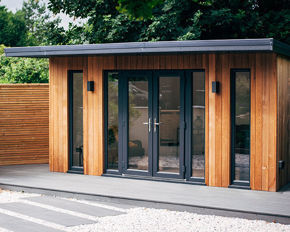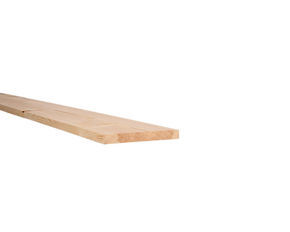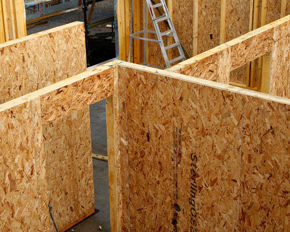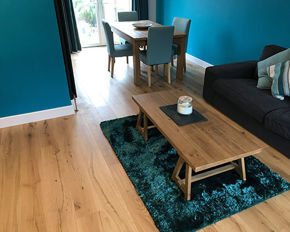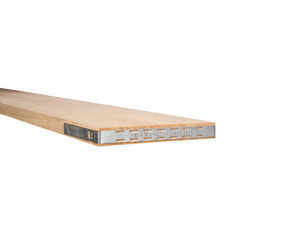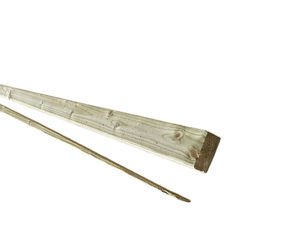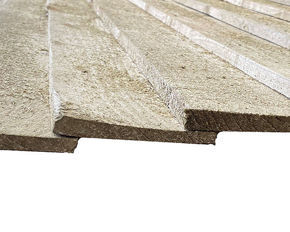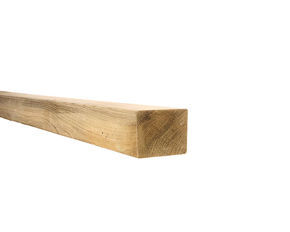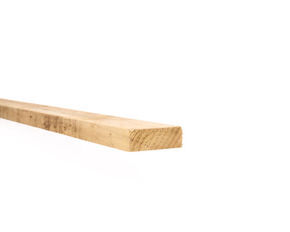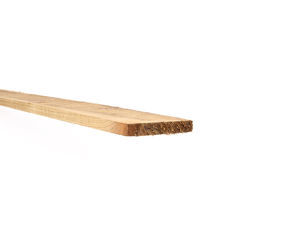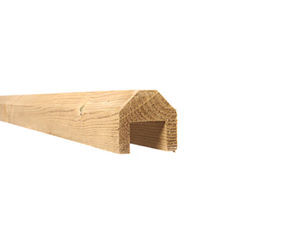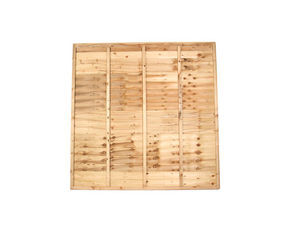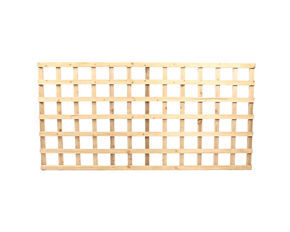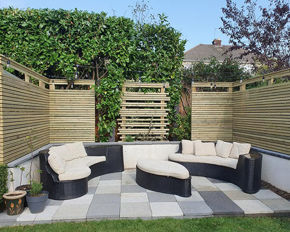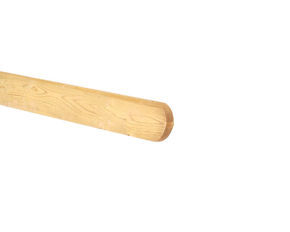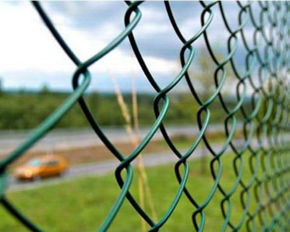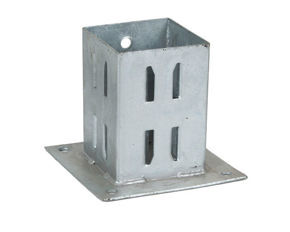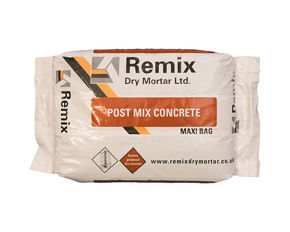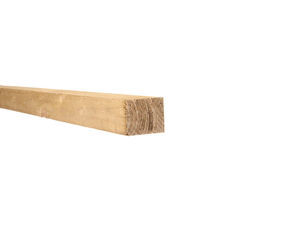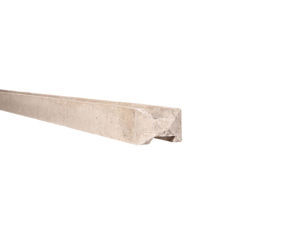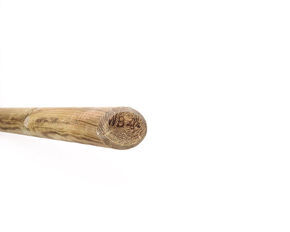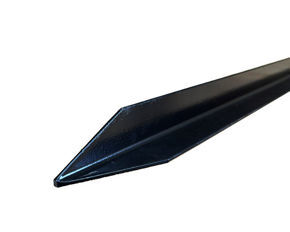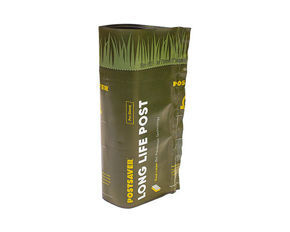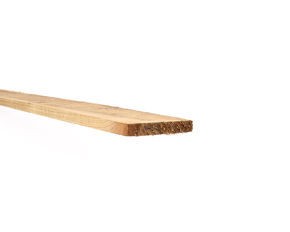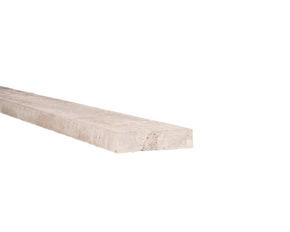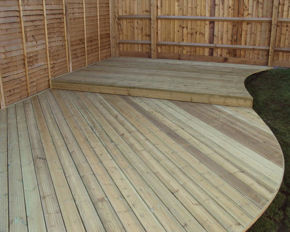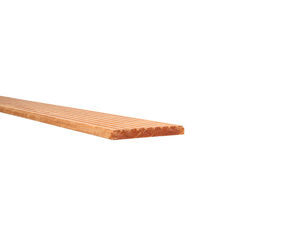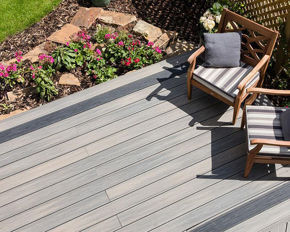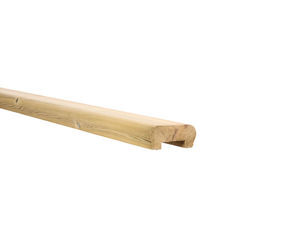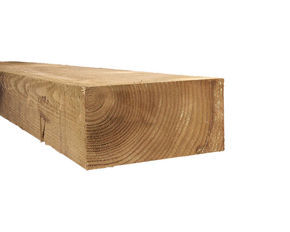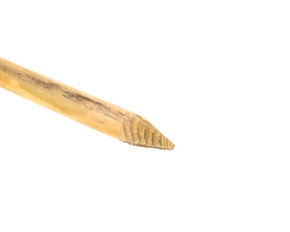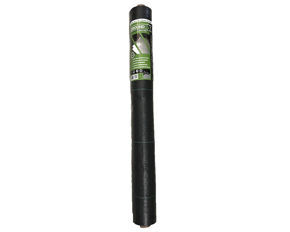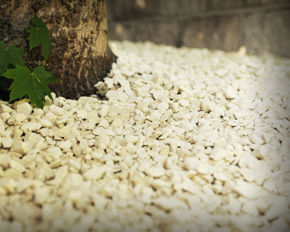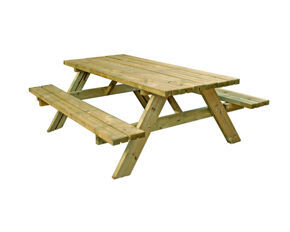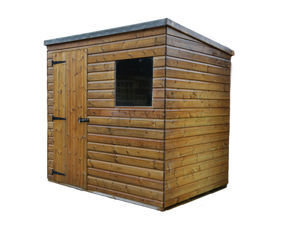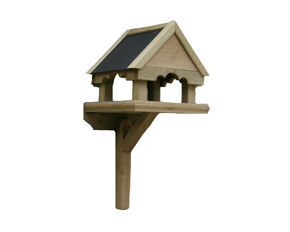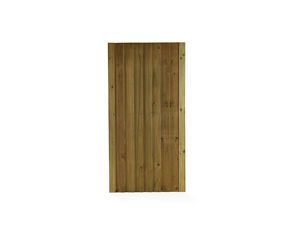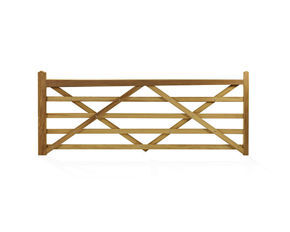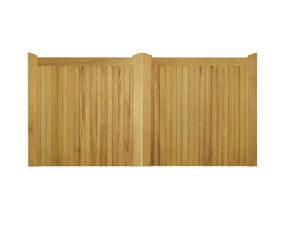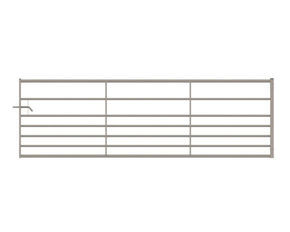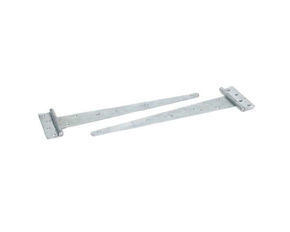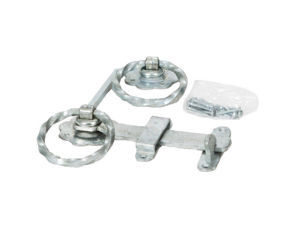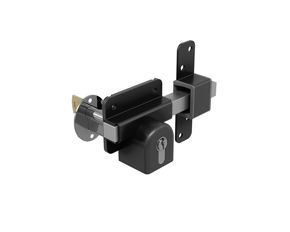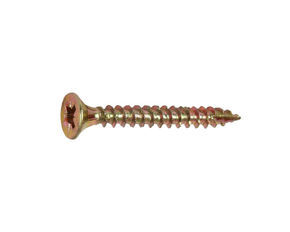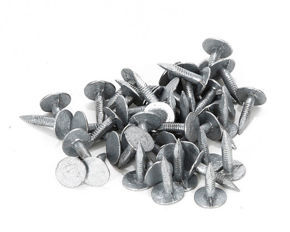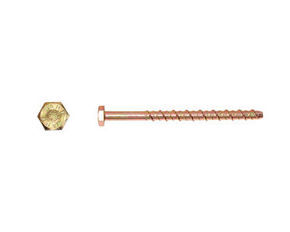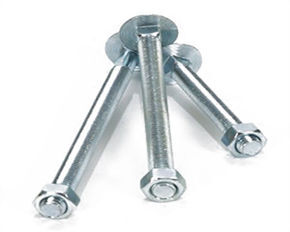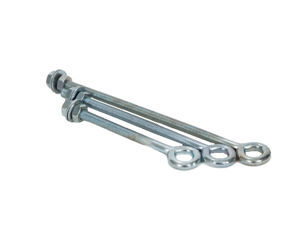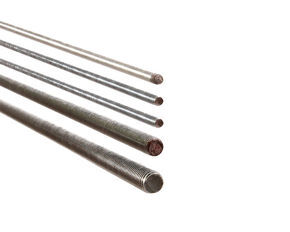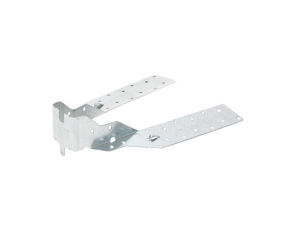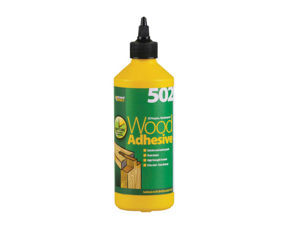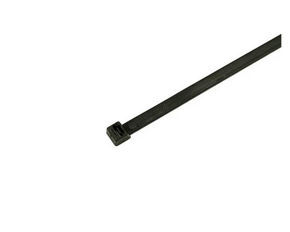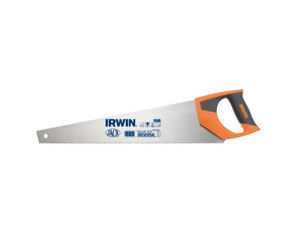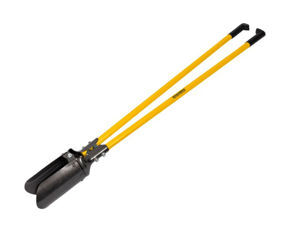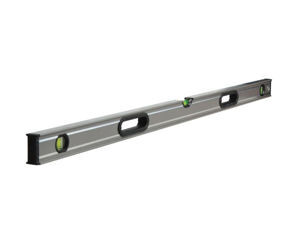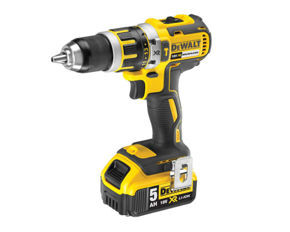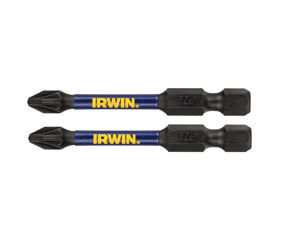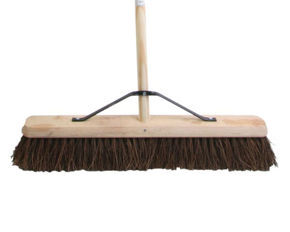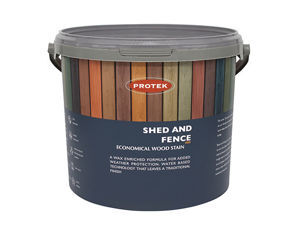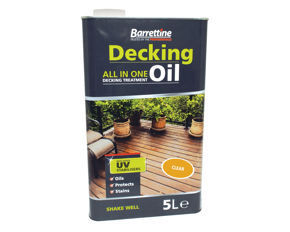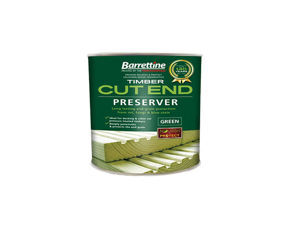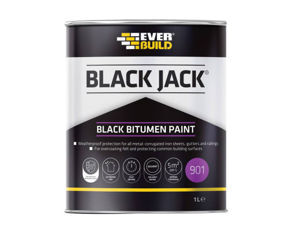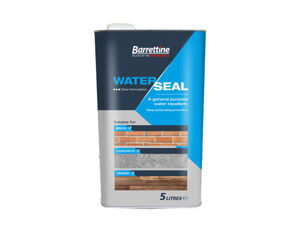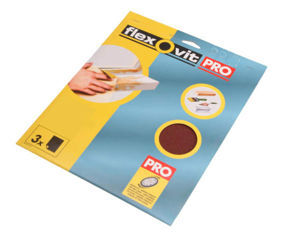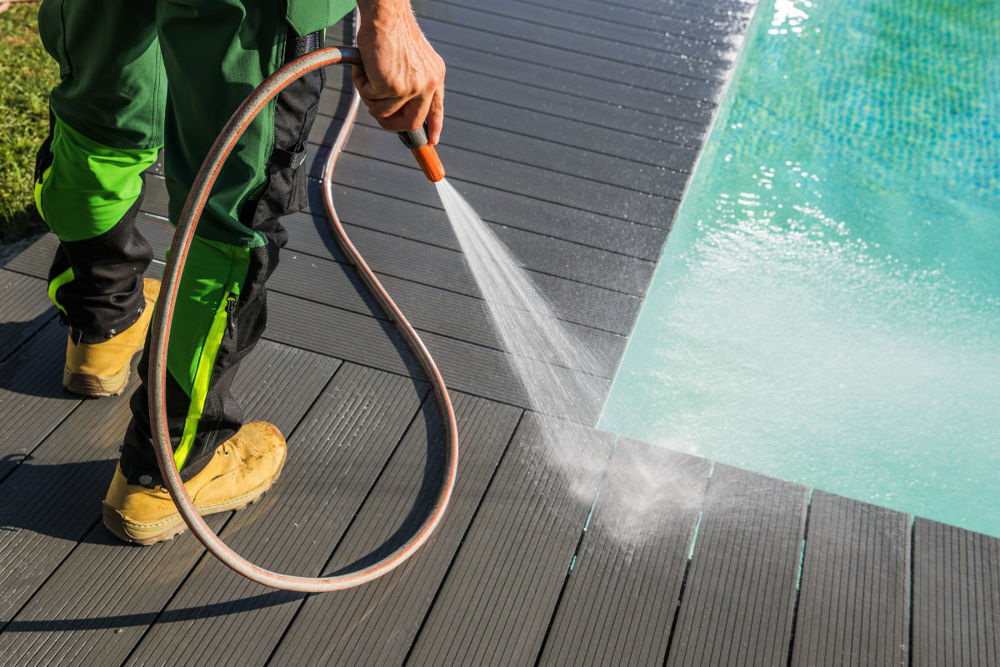
Decking makes a great addition to any garden, offering a comfortable and aesthetically pleasing outdoor space for relaxation, entertainment, and more. They provide a natural extension of your living area and often become the heart of your outdoor activities. To ensure your deck remains beautiful and functional for years to come, regular decking maintenance is essential.
Below we explore the importance of maintaining your deck, how to care for different types of decking material, and provide you with some valuable advice to keep your outdoor space in top condition.
The Importance of Decking Maintenance
Prolongs the Lifespan
Decking, regardless of the material, is subjected to constant exposure to the elements. Sun, rain, snow, and even foot traffic can cause wear and tear over time. Regular maintenance can help prevent rot, decay, and other issues that can shorten the lifespan of your deck. By investing time in maintenance, you can add years to the life of your deck.
Enhances Safety
A well-maintained deck is a safer deck. Loose boards, protruding nails, and slippery surfaces are common problems that can lead to accidents. Regular inspections and maintenance help identify and address these issues, ensuring your deck is a safe place for you, your family, and your guests.
Maintains Aesthetic Appeal
One of the primary reasons homeowners invest in decks is to enhance the visual appeal of their outdoor space. Neglected decks can quickly become an eyesore, with mould, mildew, and discolouration taking over. Regular cleaning and the use of timber treatments and stains can ensure your decking looks great from season to season.
How to Maintain Different Types of Decking
No matter the type of decking, regular cleaning and maintenance are essential and can help you spot issues early, saving you time and money. There are various decking materials available, each with its own level of maintenance. The material you choose should depend on how much time you have to spend on maintaining your deck.
Softwood Decking Maintenance
Softwood decking, which includes popular choices like redwood (pine), Larch or Cedar, requires specific maintenance to keep it in top condition. They should be regularly cleaned to remove dirt, debris, and stains. A gentle detergent and a soft brush work well. Avoid using a high-pressure washer, as it can damage the wood fibres.
Softwood decking benefits from yearly staining and sealing to protect it from UV rays, moisture, and fungal growth. This type of decking is more susceptible to rot, decay, and insect infestations, so regular inspections are crucial. Check for loose or rotting boards, screws or nails that may be protruding, and any signs of insect damage. Replace or repair as needed.
Hardwood Decking Maintenance
Hardwood decking is known for its durability and resistance to decay. However, it still requires maintenance to preserve its natural beauty.
Regular cleaning to remove dirt and debris is essential. A mild detergent and a soft brush can be used for this purpose. Similar to softwood, avoid high-pressure washers that can damage the wood.
While hardwood is naturally more resistant to the elements, some homeowners prefer to maintain its colour and protect it with a UV-resistant sealer or specific hardwood oil. The frequency of application varies but can be as infrequent as every 2-5 years. It is less prone to rot and decay, but it's not immune to issues. Regularly inspect for loose boards or any structural problems.
Composite Decking Maintenance
Composite decking is known for being relatively low maintenance, but that doesn't mean it's completely maintenance-free.
To maintain composite decking, you should sweep away debris and regularly clean the surface with a mild detergent and a soft-bristle brush. Avoid using abrasive cleaning tools that can damage the surface.
Composite decks don't require staining or sealing, but it's still a good idea to check the manufacturer's recommendations. Some composites may benefit from a protective coating to enhance longevity.
Regularly Inspect for any structural issues, replace any damaged boards and check for mould or mildew growth in damp areas.
_1000.jpeg)
More Decking Maintenance Tips
Proper Grading and Drainage
Ensure that your deck is built with a gradient to direct water away from the house and provide adequate drainage. Poor drainage can lead to water pooling, which can speed up the deterioration of your decking.
Preventive Measures
You could place mats or rugs in high-traffic areas to reduce wear and tear, if you intend to do this make sure that you don't leave them out in the rain as they could trap the water and create a mouldy mess. Using furniture pads can also help protect the deck's surface. Additionally, be mindful of what you place on the deck, as heavy or sharp objects can cause damage.
Safety First
Always prioritise safety when working on your deck. Ensure you wear appropriate protective safety gear and use caution when using tools. If you're unsure about a repair or maintenance task, consider reaching out to your local timber merchants for advice to avoid potential accidents.
Decking maintenance is an investment in the longevity, safety, and beauty of your outdoor space. By following these basic guidelines for your specific decking material, conducting regular inspections, and practising preventive measures, you can ensure your deck remains part of your home for years to come.
If you’re considering garden decking and would like further advice on choosing the right material for your requirements, please get in touch.

